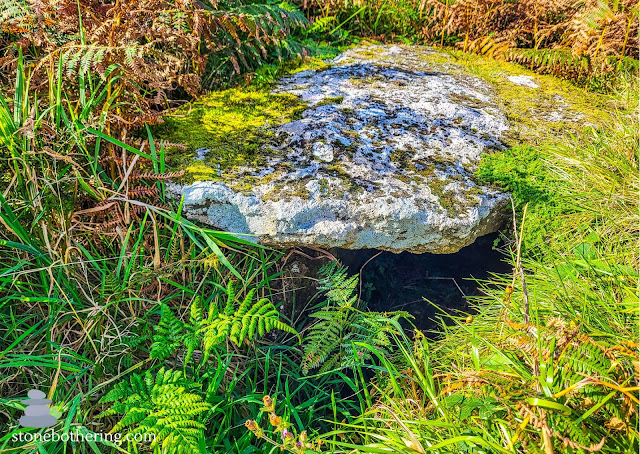Unveiling Cahuachi: Peru's Ancient Mystery Beyond the Nazca Lines
.jpg)
Nestled amidst the arid splendor of Peru's Nazca Desert lies an enigma cloaked in sand and time - Cahuachi. This sprawling pre-Columbian archaeological site, predating even the iconic Nazca Lines, whispers tales of a long-gone civilization shrouded in mystery. Cahuachi wasn't your typical city. Unlike its contemporaries focused on habitation, this behemoth of a complex, stretching over 0.6 square miles, served as a monumental pilgrimage center for the Nazca people between 1 AD and 500 AD. Imagine a bustling hub of religious fervor, drawing in throngs of devotees for ceremonies, rituals, and perhaps even astronomical observations. Over 40 towering mounds, some reaching 50 meters in height, dominate the landscape. These earthworks, meticulously constructed from adobe bricks, once supported grand adobe structures, now reduced to whispers of their former glory. Yet, their imposing presence still evokes a sense of awe, hinting at the immense effort and resources poured into this sac
.jpg)
.jpg)
.jpg)
.jpg)

.jpg)